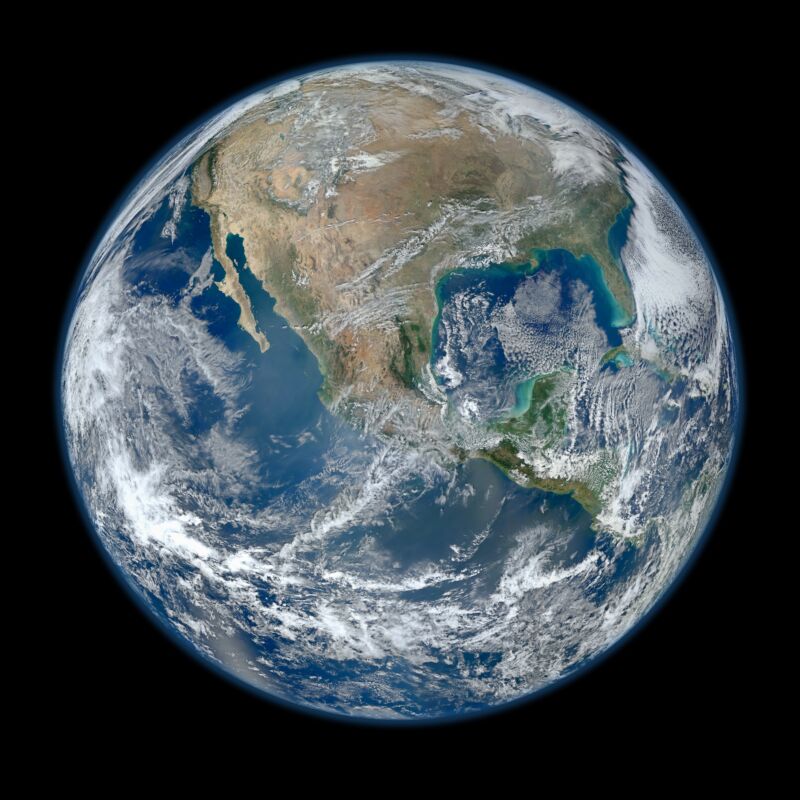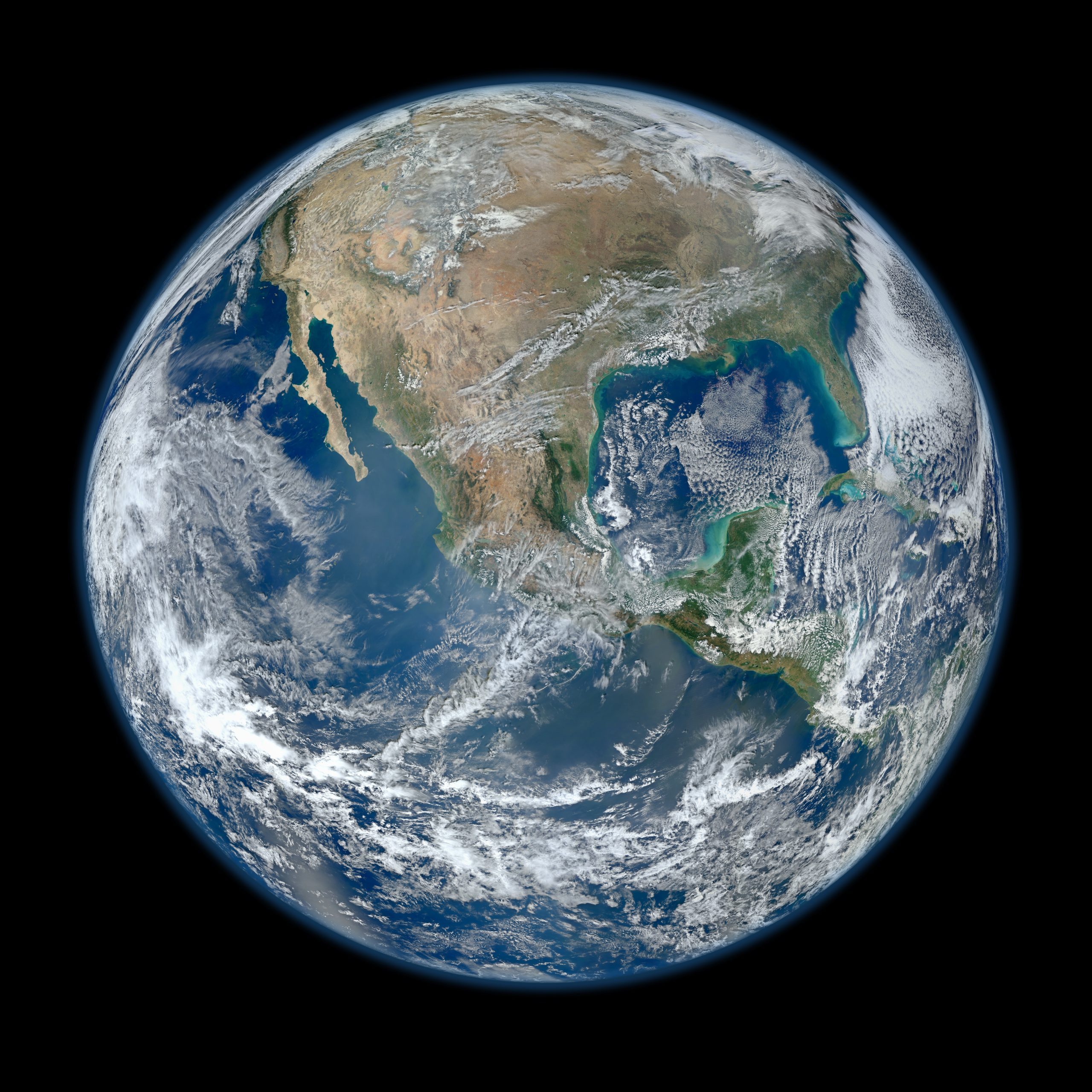
Water has made Earth the planet it is – a planet known for its blue oceans. Water forms the land through erosion and is fundamental to Earth’s ability to support life. But we’re struggling to understand exactly how Earth ended up with all this water, since the building blocks that made it were probably dry, and the collisions that turned these building blocks into a planet should have propelled all of the surface water into space. . .
Several ways of bringing water to Earth after formation have been proposed. But a new study takes information we’ve gleaned from examining exoplanets and applies it to Earth. The results suggest that chemical reactions that would have taken place during Earth’s formation would have produced enough water to fill the world’s oceans. And as an added benefit, the model explains the somewhat strange density of the Earth’s core.
Water resistant
The Earth appears to be built primarily from materials in the inner solar system. Not only were those materials in the right place, but the material present found in asteroids in the region provided good matches in terms of their elemental and isotopic composition. But these materials are also very dry. That’s no surprise; the temperatures in this region would have prevented water from condensing as a solid, as it can do further out in the solar system, beyond a point known as water’s “ice line.”
Any water present may have been lost to space, as the planet-building process is believed to have occurred via small-body collisions, with the larger bodies gradually growing while smaller ones continued to collide with them. Much of the water in these bodies would have evaporated and possibly been lost to space.
But three researchers (Edward Young, Anat Shahar and Hilke Schlichting) focused on an additional factor that would have been present during the formation of the solar system: hydrogen. Hydrogen is believed to be present in large quantities during the early period of planet formation, but is then expelled by the radiation released once the central star ignites. In our solar system, some of it was captured by the outer planets before being lost. But our inner planets seem to have formed with little of the element or lost it early in their history.
But a look at exoplanets suggests that this is not an inevitable fate. We’ve found many rocky super-Earths that don’t seem to have a hydrogen-rich atmosphere either. But there’s a gap about twice Earth’s radius where we see a lot of mini-Neptune, which seems to have retained thick and probably hydrogen-rich atmospheres. This has led to the proposal that all rocky planets start out in a hydrogen-rich environment and form their first atmospheres from there. However, below a certain size, that hydrogen is lost later in their history. All atmospheres found on these planets are likely due to secondary formation.
Taking that to its logical conclusion, Earth may also have started out with a hydrogen-rich atmosphere. So the researchers involved in the new study decided to investigate what the consequences of that scenario might be.

